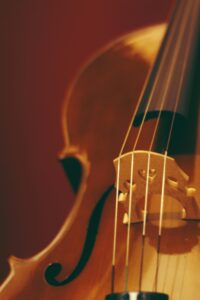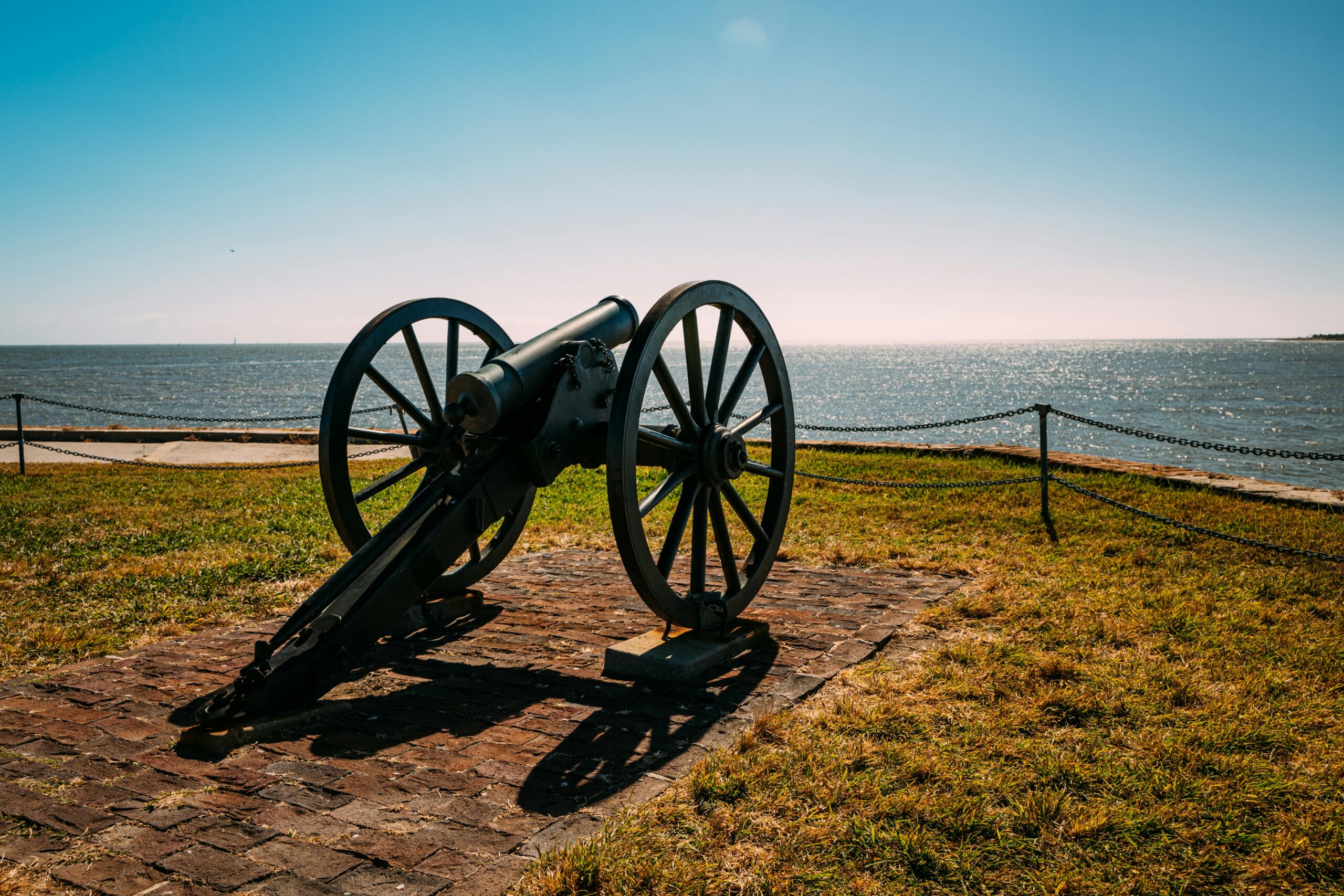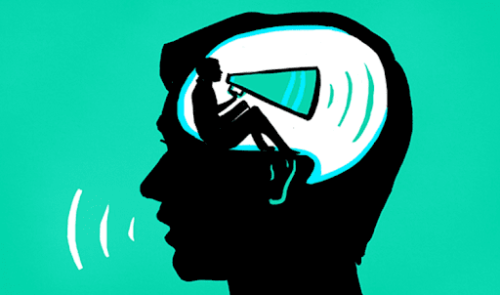When I was a teen, I had the opportunity to walk through Camp Randall, the University of Wisconsin’s stadium. As we made our way through the locker room, I glimpsed within the Badger’s weight room and noticed a sign painted on the wall that read,
“You can’t fire a cannon from a canoe.”
This adage may seem strange at first, but it holds an important truth: a sound foundation is essential for generating power.
If the foundation is unstable, trying to generate force will waste energy and dissipate power. For all of us, regardless of our athletic pursuits, the physical foundation starts with our legs. Many people prioritize working on their upper body, such as the chest and arms, in weightlifting exercises. However, the lower body often gets neglected in their workout routines.
No matter what our athletic pursuit is, whether it involves playing golf, tennis, or pickleball for instance, force needs to be generated from the lower body.
Strong legs are necessary not only to meet the demands of daily life and exercise but also because the lower body makes up approximately 40% of our total body weight. Furthermore, building your legs helps aesthetically- creating shape and symmetry. Focusing on this area is critical, as it not only enhances athletic performance and aesthetics, but also contributes to our ability to live a long and healthy life.
The legs are clues to longevity
Longevity has been found to be associated with strength and muscle mass in studies. Therefore, it is logical to prioritize the lower body in training, which makes up a significant portion of the body’s mass.
A study conducted in 2011 and published in the Journal of Aging and Health explored the correlation between muscle mass, leg strength, fat mass, and physical function. The study involved 1,280 individuals aged 55 and above. The results revealed that leg strength was the most crucial factor in determining physical function and mortality. This reasoning is logical when considering the advantages of a strong lower body:
• Prevents falls. I counsel my elderly parents to be cautious and prevent falls.
• Enables independence. If you can move adequately, you can handle your groceries, visit your loved ones, and maintain your social connections.
The previous study highlights the significance of leg strength in terms of mortality, but I believe that focusing on both muscle development and strength is crucial for overall health. This does mean neglecting strength and muscle development for the upper body. It is necessary to have a balanced training regimen that targets both the upper and lower body.
Lower Body Strength Training
Squats
A squat is a strength exercise that involves lowering your hips from a standing position and then standing back up. Beginners can start with squats without any weight. As you progress, you can try back squats with a barbell across your back or front squats with the barbell resting on your shoulders.
Personally, I enjoy doing goblet squats, where you hold a single free weight, like a kettlebell or dumbbell, in front of your chest. Although the load is lighter than a barbell squat, it’s less likely to cause a back injury because it requires an upright posture. Plus, it really engages your core muscles as they work to counterbalance the weight.
You will also feel it in the upper back as you are holding the weight. Don’t underestimate the challenge of this exercise, especially when doing higher repetitions (15+). Another squat variation that avoids putting stress on your lower back is dumbbell squats. Simply hold a dumbbell on each side of you, keep your feet shoulder-width apart, maintain an upright chest, brace your core, push your hips back, and squat until your thighs are parallel to the floor.
Lunges
A lunge is an excellent exercise for promoting balance, enhancing hip flexibility, and achieving symmetry between the legs. Additionally, it closely mimics the movements required for running and climbing stairs. To perform a lunge, simply step forward with one foot and lean forward until your knee forms a 90-degree angle, while keeping your rear knee parallel to the ground. Then, return to the starting position. Alternatively, you can try the reverse lunge, where you step backward until your front knee reaches a 90-degree angle. Finally, shift most of your weight onto your front leg and stand up. What I particularly appreciate about reverse lunges is that they are gentler on the knee joint when compared to the traditional forward lunge.
Lunges are an excellent exercise, but it’s important to pay attention to your form. There are a few common mistakes to avoid, such as leaning too far forward. This can put excessive pressure on your knee joint. Another error is taking too short of a step forward, which also increases the strain on your knee. To prevent this, make sure your stride is longer than when you’re walking.
Leg Press
The leg press is a great exercise for building strength and size in the quadriceps, while putting less strain on the lower back compared to squats. Before you start, ensure that the back pad is pushed all the way back. During the exercise, keep your feet shoulder-width apart and flat on the press. Avoid going up on your toes and not arch your back or lifting your buttocks off the pad. Lower yourself down until your knee joint is at a 90-degree angle, and if you can comfortably go lower, do so. Remember to maintain control during the downward motion, keeping tension on the quadriceps without fully locking out.
Play Your Strings

The word hamstring comes from the Old English word “hom,” meaning “hollow or bend of the knee,” and string, referring to a ligament or tendon. The primary reference of the term is to the two groups of tendons at the back of the knee where the hamstring muscles insert onto the tibia and fibula bones of the lower leg.
It is crucial to prioritize the hamstrings because of their key role in bending the knee, extending the hip, and pulling the tibia backwards. The hamstrings significantly contribute to force production, enabling higher jumps and faster running. They also assist in deceleration and act as brakes. It comes as no surprise that sprinters often have well-developed hamstrings.
The hamstrings play a protective role for the Anterior Cruciate Ligament (ACL), which is the most important stabilizer of the knee. After tearing my ACL, I focused heavily on rehabilitating my hamstrings. Hamstrings are frequently injured in sports and I have experienced repeated hamstring pulls, which I could feel as a popping sensation. When I bring someone to the gym for workouts, I always emphasize the importance of training the hamstrings and introduce them to the leg curl machine.
Leg Curls
Leg curls are essential for developing and strengthening the hamstrings. This exercise involves flexing the leg towards the buttocks. When performing leg curls, whether in a prone position or seated, there are some important points to consider. It is advisable to train one leg at a time, as one leg may be stronger than the other. It is also recommended to emphasize fewer repetitions and more sets, for example, 5 sets of 4-6 repetitions. This is because the hamstrings primarily consist of fast-twitch muscles, which are used for explosive movements and are more prone to fatigue.
Another beneficial technique to incorporate is eccentric training. This involves focusing on the lowering phase of the exercise, for example, counting down from 4 to 1. Eccentric training helps to enhance the training effect and can aid in the healing and prevention of hamstring injuries.
Here’s a helpful tip to better target and feel your hamstrings: Once you finish a set, stand up and use your left arm for support. Next, flex your right leg by bending it back and hold this position for 3-5 seconds. Then, switch sides and repeat the same movement with your other leg. This technique will allow you to effectively engage your hamstrings.
Tend to Your Calves
No, you won’t be raising a calf in your backyard! I’m actually talking about the calf muscle, at the back of your lower leg, extending down to your heel. This muscle often gets neglected because it’s covered up by pants.
The calf muscle plays a crucial role in providing stability for both the knee and ankle. For running, training the calves will improve your form, speed, and endurance. Training this muscle group is simple and you can do it using machines commonly found in most gyms. You can perform two effective exercises for the calves, which are seated calf raises and standing calf raises. When performing these exercises, it’s important to maintain a full range of motion and take your time during the descent (eccentric phase) of the movement.
Since seated calf raises primarily target the soleus muscle, you can increase the number of repetitions, aiming for 15 or more, as this muscle is predominantly slow-twitch. Standing calf raises mainly activate the gastrocnemius, which is composed of a higher proportion of fast-twitch muscle fibers. To get the most out of this exercise, it’s best to stick to 8 to 12 repetitions. And don’t forget to stretch your calves. You can achieve this by allowing the weight to stretch your calf muscles during the final 1-2 repetitions of calf raises.
Give your calf muscles the attention they deserve! By incorporating calf exercises into your training routine, you can enhance your stability, symmetry and performance.
Summary
To establish a solid foundation in your training routine, it is crucial to prioritize the lower body. Whether you are an athlete or an older adult, emphasizing leg workouts is essential for improved performance, aesthetic appeal, and overall health and longevity. Adjust the number of repetitions for each exercise, except where I specifically mentioned a range. Aim to build muscle effectively by performing about 3-4 sets with a range of 6 to over 20 repetitions. Yet, that range is not set in stone. Don’t be afraid to test out different repetitions and sets.
You can dedicate an entire workout to the lower body or incorporate into other training sessions. In order to maximize your lower body training, ensure you’re putting in the required effort by nearly going to failure on each set.
Prioritizing your legs in your training program will create a solid foundation for health and success, whatever your endeavor!




